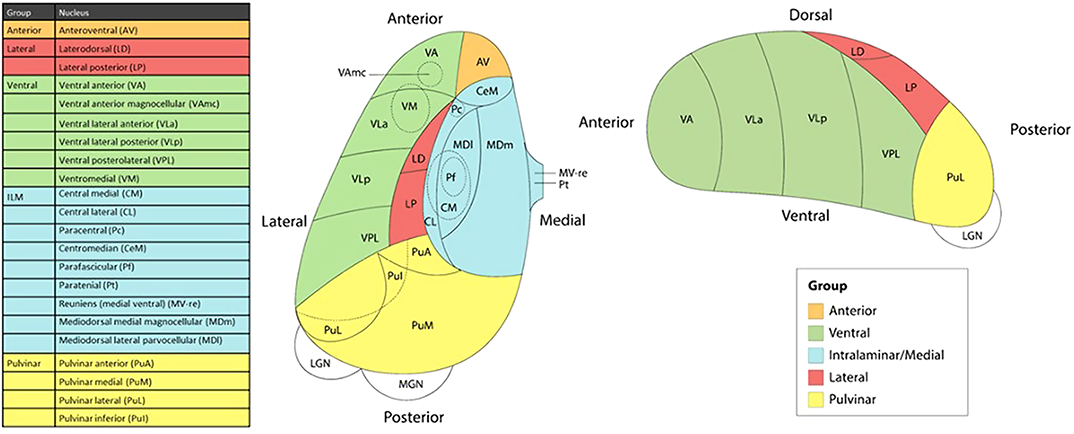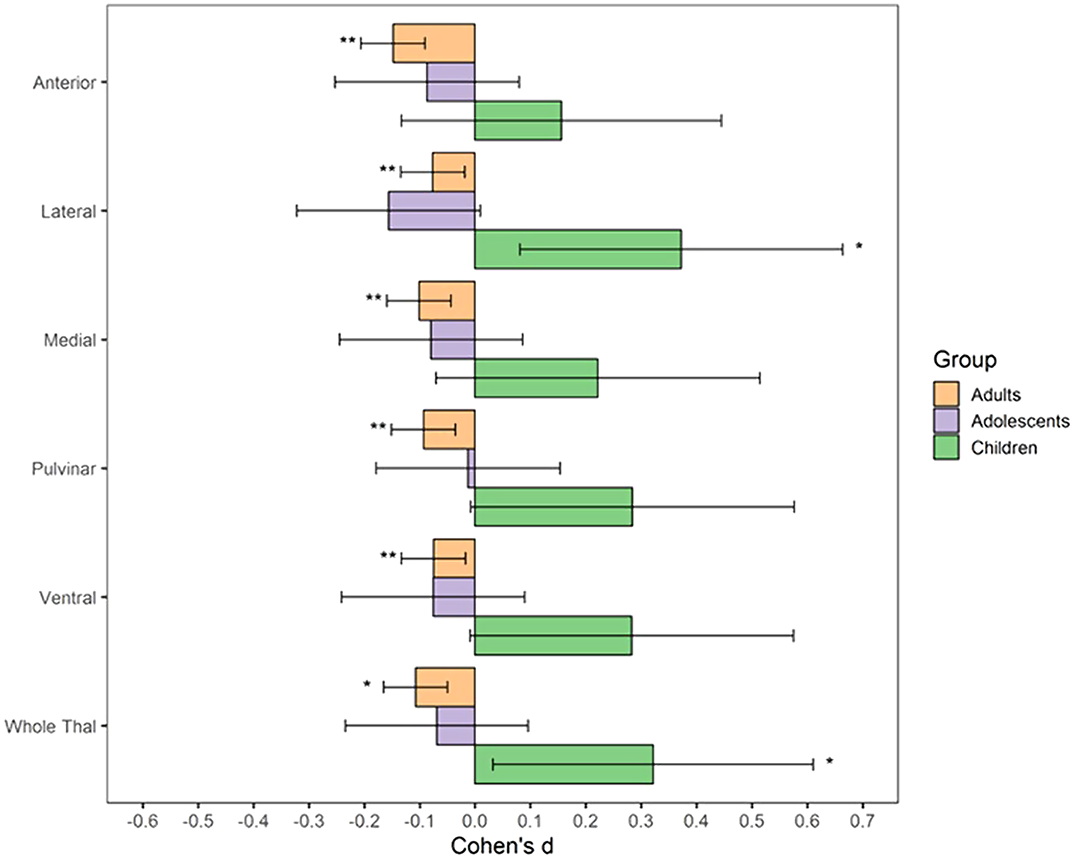Refine search
Actions for selected content:
58 results
16 - Neuroplastic Effects of Music Expertise on Speech-Language Processing
- from Part V - Brain, Language, and Music
-
-
- Book:
- The Cambridge Handbook of Language and Brain
- Published online:
- 12 December 2025
- Print publication:
- 09 October 2025, pp 423-458
-
- Chapter
- Export citation
Classification-informed estimation: the role of water-type clustering to improve neural network generalization for salinity and temperature estimation in coastal waters
-
- Journal:
- Environmental Data Science / Volume 4 / 2025
- Published online by Cambridge University Press:
- 04 June 2025, e32
-
- Article
-
- You have access
- Open access
- HTML
- Export citation
1 - Bringing Citizen Labour into IPE Scholarship on the Gulf
-
- Book:
- Millennial Dreams in Oil Economies
- Published online:
- 02 January 2025
- Print publication:
- 09 January 2025, pp 1-33
-
- Chapter
- Export citation
Conclusion
-
- Book:
- Millennial Dreams in Oil Economies
- Published online:
- 02 January 2025
- Print publication:
- 09 January 2025, pp 282-289
-
- Chapter
- Export citation
21 - (Supplemental): Mistranslated Signs
- from Part III - Other Signs
-
- Book:
- Chinese Signs
- Published online:
- 29 February 2024
- Print publication:
- 07 March 2024, pp 201-208
-
- Chapter
- Export citation
11 - How Precarity Is Threaded into Migration Rules
-
-
- Book:
- Diversity and Precarious Work During Socio-Economic Upheaval
- Published online:
- 01 February 2024
- Print publication:
- 08 February 2024, pp 213-239
-
- Chapter
- Export citation
Part V - Gaining Ecosystem Momentum
-
- Book:
- Digital Innovation Strategy
- Published online:
- 21 December 2023
- Print publication:
- 21 December 2023, pp 199-268
-
- Chapter
- Export citation
VistoSeg: Processing utilities for high-resolution images for spatially resolved transcriptomics data
-
- Journal:
- Biological Imaging / Volume 3 / 2023
- Published online by Cambridge University Press:
- 13 November 2023, e23
-
- Article
-
- You have access
- Open access
- HTML
- Export citation
11 - Multiple Dimensions of Differentiation in Assembled International Systems
- from Part III (A) - Differentiation and Continuous (Trans)Formation
-
- Book:
- Systems, Relations, and the Structures of International Societies
- Published online:
- 19 October 2023
- Print publication:
- 02 November 2023, pp 188-203
-
- Chapter
- Export citation
9 - Segmenting Roles and Domains
- from Part III - Cognition-Based Personal Interventions of Work-Life Balance
-
- Book:
- Work-Life Balance
- Published online:
- 19 January 2023
- Print publication:
- 26 January 2023, pp 103-114
-
- Chapter
- Export citation

Locked Out of Development
- Insiders and Outsiders in Arab Capitalism
-
- Published online:
- 22 December 2022
- Print publication:
- 19 January 2023
-
- Element
- Export citation
2 - Markets of interest and market research steps
-
- Book:
- Commercializing Successful Biomedical Technologies
- Published online:
- 03 November 2022
- Print publication:
- 17 November 2022, pp 42-76
-
- Chapter
- Export citation

The Political Economy of Segmented Expansion
- Latin American Social Policy in the 2000s
-
- Published online:
- 27 October 2022
- Print publication:
- 08 December 2022
-
- Element
- Export citation
A simple approach to estimate long-term interest rates
-
- Journal:
- Journal of Pension Economics & Finance / Volume 23 / Issue 3 / July 2024
- Published online by Cambridge University Press:
- 20 October 2022, pp. 413-437
-
- Article
- Export citation
The thalamus and its subregions – a gateway to obsessive-compulsive disorder
-
- Journal:
- European Psychiatry / Volume 65 / Issue S1 / June 2022
- Published online by Cambridge University Press:
- 01 September 2022, pp. S77-S78
-
- Article
-
- You have access
- Open access
- Export citation
Cell-TypeAnalyzer: A flexible Fiji/ImageJ plugin to classify cells according to user-defined criteria
-
- Journal:
- Biological Imaging / Volume 2 / 2022
- Published online by Cambridge University Press:
- 20 May 2022, e5
-
- Article
-
- You have access
- Open access
- HTML
- Export citation
6 - Labor Market Risks
-
- Book:
- Big Data and the Welfare State
- Published online:
- 25 May 2022
- Print publication:
- 19 May 2022, pp 159-187
-
- Chapter
- Export citation
Contour: A semi-automated segmentation and quantitation tool for cryo-soft-X-ray tomography
-
- Journal:
- Biological Imaging / Volume 2 / 2022
- Published online by Cambridge University Press:
- 17 May 2022, e3
-
- Article
-
- You have access
- Open access
- HTML
- Export citation
7 - Compartmentalizing Domains with High Dissatisfaction
- from Part III - Interdomain Strategies to Increase Domain Satisfaction and Achieve Balance
-
- Book:
- The Balanced Life
- Published online:
- 21 April 2022
- Print publication:
- 05 May 2022, pp 98-115
-
- Chapter
- Export citation
11 - Concluding Thoughts
- from Part IV - Epilogue
-
- Book:
- The Balanced Life
- Published online:
- 21 April 2022
- Print publication:
- 05 May 2022, pp 155-159
-
- Chapter
- Export citation


